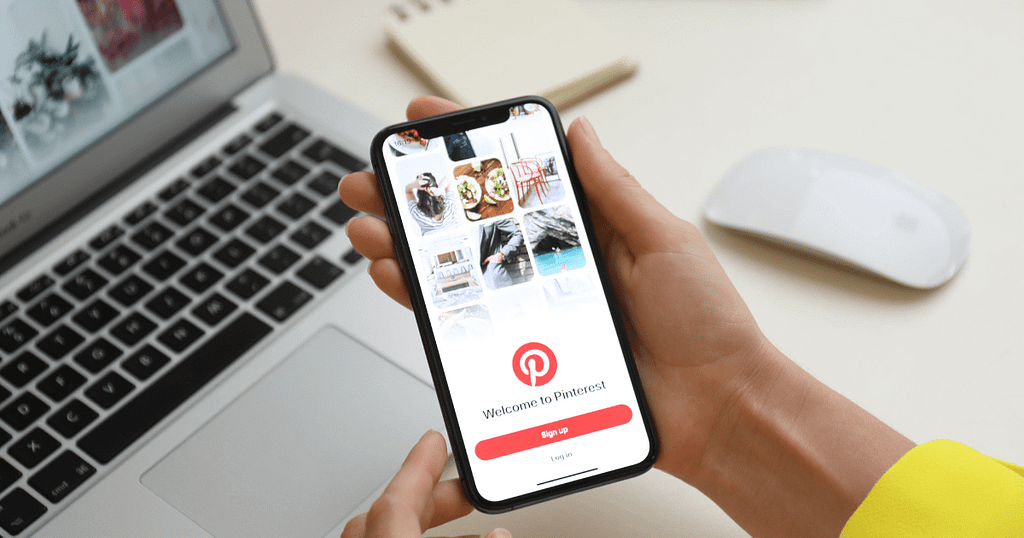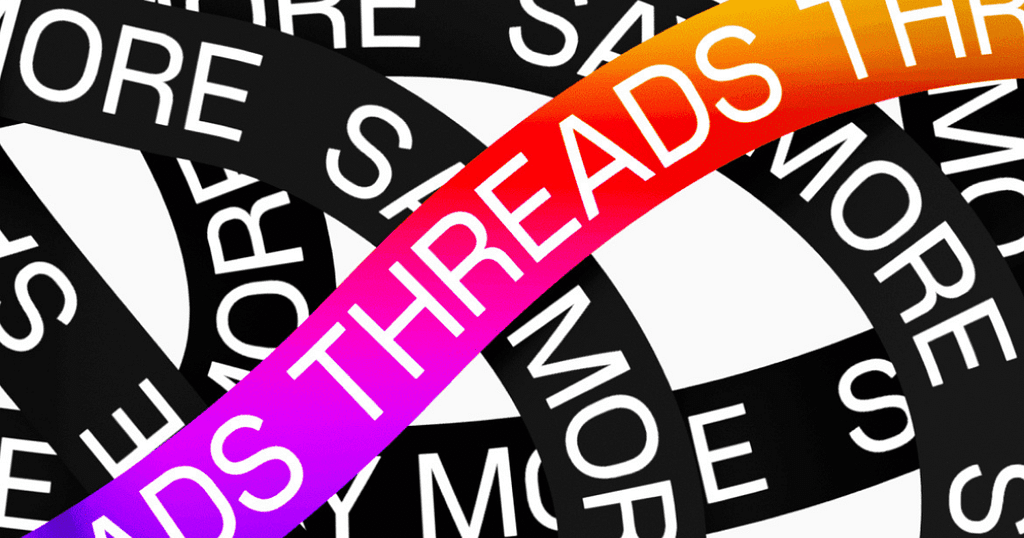If you’re a small business owner, you’ve likely heard a thousand times that you “need” to use social media to grow your business. But with so many platforms to choose from, where do you even start?
That’s where this guide comes in. I’ll help you navigate the world of social media and decide which platforms are worth your precious time and resources. Let’s dive in!
Table of Contents
- Understanding Social Media Marketing for Small Businesses
- How to Determine the Right Social Media Platform for Your Business
- Overview of Major Social Media Platforms
- Emerging Social Media Platforms
- Creating a Social Media Marketing Strategy
- Final Thoughts
- Get in Touch
Understanding Social Media Marketing for Small Businesses
What is Social Media Marketing (SMM)?
Simply put, social media marketing is all about creating and sharing content on social media networks to achieve your business goals.
This could mean posting updates on new products, sharing behind-the-scenes glimpses of your business, or just engaging with your customers on a personal level.
Why is SMM Important for Small Businesses?
Social media marketing can help you increase your brand awareness, generate leads and sales, and even improve customer service. But for small businesses in particular, it offers a chance to level the playing field.
You might not have a huge marketing budget, but with a well-planned social media strategy, you can reach just as many potential customers as a big corporation.
How to Determine the Right Social Media Platform for Your Business
Choosing the right social media platform is like finding the right pair of shoes. It should fit your business perfectly and take you where you want to go. Here’s what you need to consider:
Target Audience Demographics
Who are your customers? Millennials, Gen Z, Baby Boomers? Different platforms attract different demographics. Instagram and TikTok, for instance, are a hit among Gen Z and younger millennials.
Business Objectives
What are your goals? Brand awareness, customer engagement, or lead generation? Each platform offers different benefits. For example, LinkedIn is a great place for B2B marketing and professional networking.
Content Type
What kind of content do you plan to share? Videos, images, blog posts? Platforms like Instagram and Pinterest are ideal for visual content, while Twitter is great for quick updates and news.
Available Resources and Budget
How much time, money, and manpower can you invest in SMM? Some platforms require more resources than others. For instance, maintaining an active YouTube channel can be resource-intensive.
Overview of Major Social Media Platforms
Facebook, Instagram, LinkedIn, Twitter, Tik Tok, Snapchat, Pinterest, and Threads – are just a few of the popular social media platforms that companies are using to connect with customers. But here’s the big question: which one is the perfect match for your business?
Every business is unique, just like every social media platform. They all have their special features and cater to different types of audiences. So, if you try to use every single platform without knowing if it’s a good fit, it might be like trying to fit a square peg in a round hole! You could end up wasting time and money, and nobody wants that.
Before you decide where to wave your digital flag, let’s take a quick trip around the social media world. This will help you understand what each platform offers so you can pick the right ones for your next big marketing adventure!

Facebook Users: Facebook is the biggest social media platform globally, with a diverse user base in terms of age, location, and interests. It’s a great platform for reaching a broad audience.
Benefits for Small Businesses: With Facebook’s powerful ad targeting options, you can reach your specific audience easily. Additionally, Facebook’s Pages and Groups offer excellent opportunities to build a community around your business.
Facebook Marketing Tips: Post a mix of content that entertains, informs, and promotes your business. Use Facebook Insights to understand your audience and tweak your strategy as needed.

Instagram Users: Instagram is popular with younger demographics and is an excellent platform for businesses with visually appealing products or services.
Benefits for Small Businesses: Instagram’s shopping features make it easy for users to purchase products directly from posts and Stories. Plus, influencers can help you reach a wider audience.
Instagram Marketing Tips: High-quality photos and videos are a must. Use relevant hashtags to increase your visibility and consider running Instagram Ads to reach more people.

LinkedIn Users: LinkedIn is a professional’s social network. It’s ideal for B2B companies or businesses aiming to attract professional clientele or recruit employees.
Benefits for Small Businesses: LinkedIn allows you to position your business as an industry expert. It’s also a great platform for networking and building business relationships.
LinkedIn Marketing Tips: Share industry news, company updates, and thought leadership content. Use LinkedIn’s targeted advertising options to reach professionals in specific industries or roles.

Twitter Users: Twitter attracts a wide range of users, but it’s particularly popular for news and real-time updates. It’s excellent for businesses that have timely content to share.
Benefits for Small Businesses: Twitter can help your business build brand personality. It’s also a great platform for customer service and real-time engagement.
Twitter Marketing Tips: Use hashtags wisely, engage in Twitter chats related to your industry, and remember that timely, short, and witty content works best.
TikTok

TikTok Users: TikTok is hugely popular with Gen Z and young millennials. It’s great for businesses that want to reach a younger audience with entertaining content.
Benefits for Small Businesses: TikTok’s algorithm makes it easier for small businesses to go viral. Plus, it’s an excellent platform for showing the fun side of your brand.
TikTok Marketing Tips: Leverage trending songs and challenges. Keep it fun and authentic. Consider collaborating with influencers to expand your reach.
Snapchat

Snapchat Users: Like TikTok, Snapchat is popular with younger audiences. It’s best for businesses that can regularly produce fun, creative content.
Benefits for Small Businesses: Snapchat offers unique advertising formats like AR lenses and Snap Ads that can be highly engaging.
Snapchat Marketing Tips: Create engaging, time-sensitive content. Offer behind-the-scenes looks or exclusive deals to make followers feel special.

Pinterest Users: Pinterest attracts a largely female audience looking for ideas and inspiration. It’s great for businesses in the fashion, home decor, DIY, or food industries.
Benefits for Small Businesses: Pinterest users often use the platform for planning and purchasing decisions. Plus, Pins have a longer lifespan than posts on other platforms.
Pinterest Marketing Tips: High-quality, vertical images work best. Use SEO strategies to make your Pins more discoverable.
Threads

Threads, Instagram’s recently launched app, has shown promise as a strong platform for small businesses, with a number of features that make it a valuable addition to a company’s social media strategy.
Here are a few key reasons why Threads is becoming a strong platform for small businesses:
1. User Base and Integration: Threads allow users to import their Instagram followers, offering an immediate audience for your content. The app already boasts a significant user base with 100 million sign-ups within the first week.
2. Ease of Use: The app is easy to set up and use, with the option to download and connect via your Instagram account. This saves time for small businesses and allows them to focus on the content creation aspect.
3. Link Integration: Unlike Instagram, Threads allows clickable links in each post, providing opportunities to drive traffic to your website or other relevant pages.
4. Simplicity: Threads offers a simpler and cleaner experience, with a strong focus on text-driven content. This encourages more in-depth conversations, making it a great platform for businesses to connect with their community.
However, as with any new platform, businesses should pay attention to their specific audience’s behavior. If you see your customers and community are engaging with Threads, it may be time to create a presence there.
It’s also important to note that the introduction of any new social media platform can lead to a period of experimentation and uncertainty. It may be useful to observe and learn from other businesses’ practices on Threads before fully investing your resources into it.
Regardless, Threads’ current trajectory suggests it could be a valuable addition to a small business’s social media toolbox.
Emerging Social Media Platforms
Don’t forget to keep an eye on emerging platforms. While they might not have as many users as the big platforms, they could offer unique opportunities to connect with your audience in new ways.
Other platforms like Clubhouse or Discord could be worth exploring if they fit your brand and audience.
Creating a Social Media Marketing Strategy
Now that you’re familiar with the platforms, it’s time to create your social media marketing strategy. Here are the key elements to consider:
Define Your Goals
Knowing what you want to achieve will guide your strategy. Increase brand awareness? Drive traffic to your website? Define clear, measurable goals.
Know Your Audience
Understand who your customers are, what they want, and where they hang out online. This will help you choose the right platform and content.
Develop Engaging Content
Whether it’s blog posts, videos, or images, make sure your content resonates with your audience and aligns with your brand. I’ve found that a mix of educational, entertaining, and promotional content works best.
Be Consistent
Regular posting keeps your brand on top of mind and your audience engaged. Remember, consistency is key!
Measure and Adjust
Keep track of your performance and adjust your strategy as needed. Platforms like Facebook and Instagram offer analytics to help you understand what’s working and what’s not.
Final Thoughts
Choosing the right social media platforms for your business isn’t about jumping on every new trend. It’s about finding where your customers are and figuring out the best way to connect with them.
So don’t be afraid to experiment and find what works best for your unique business. Good luck!




